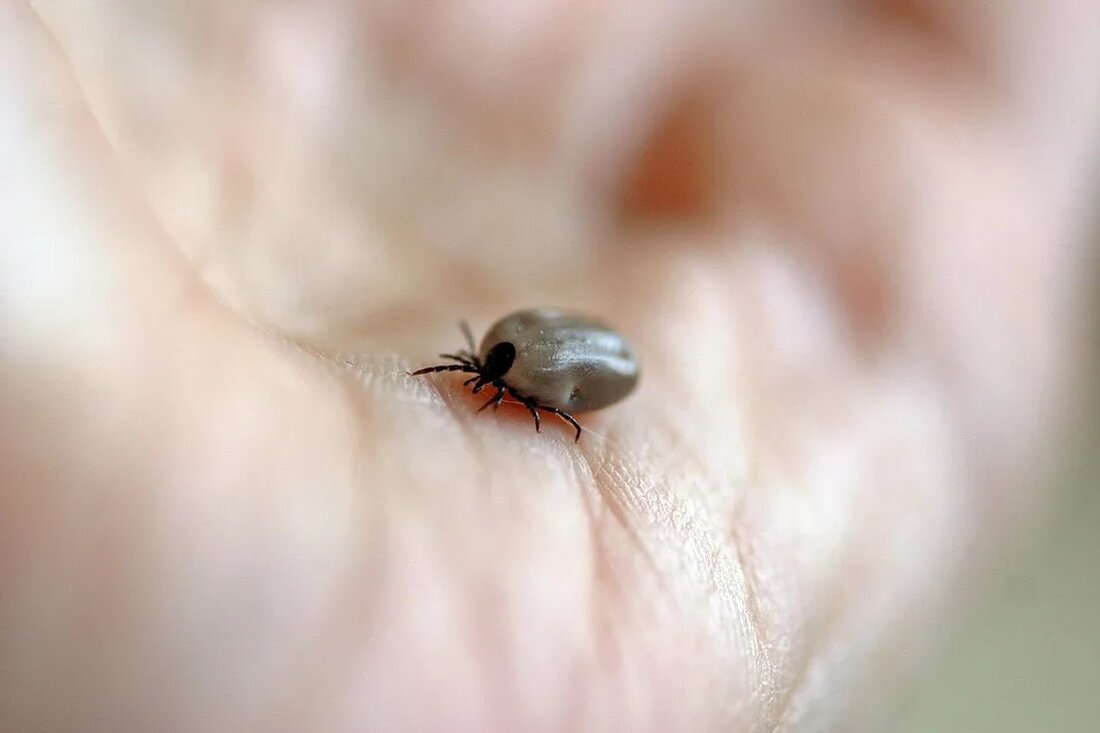Zoonoses: transmission of diseases between animals and humans
in zoonoses Zoonoses are diseases that can be transmitted between animals and humans. They represent a significant proportion of all infectious diseases and can reach both endemic and pandemic proportions. In recent decades, many of the emerging infectious diseases in humans are zoonoses. Examples of this include Severe Acute Respiratory Syndrome (SARS), bird flu, Ebola and the disease COVID-19, which is currently spreading worldwide. Causes and spread of zoonoses Zoonoses can be caused by viruses, bacteria, fungi, parasites and prions. They can be transmitted directly from animals or animal products to humans or indirectly through environmental media such as water, soil and air. In some…

Zoonoses: transmission of diseases between animals and humans
in zoonoses
Zoonoses are diseases that can be transmitted between animals and people. They represent a significant proportion of all infectious diseases and can reach both endemic and pandemic proportions. In recent decades, many of the emerging infectious diseases in humans are zoonoses. Examples of this include Severe Acute Respiratory Syndrome (SARS), bird flu, Ebola and the disease COVID-19, which is currently spreading worldwide.
Causes and spread of zoonoses
Zoonoses can be caused by viruses, bacteria, fungi, parasites and prions. They can be transmitted directly from animals or animal products to humans or indirectly through environmental media such as water, soil and air. In some cases, vectors such as mosquitoes, ticks or fleas also contribute to transmission.
Direct transmission
Direct transmission occurs when people have close contact with sick or infected animals. This can happen through bites or scratches, but also through contact with animal secretions or excrement. In some cases, infection can also occur through consumption of raw or undercooked meat or other animal products.
Indirect transmission
In indirect transmission, pathogens reach people via environmental media. They can be found in water, soil or air. A good example of this is bird flu, which can spread through contaminated water.
Vector transfer
In some cases, insects or other small animals act as vectors, transmitting diseases from animals to humans. A well-known example is Lyme disease, which is transmitted by ticks.
Known zoonoses and their effects
There are a variety of zoonoses that can cause symptoms ranging from minor to severe. Some of the most well-known and important are presented below.
rabies
Rabies is one of the best-known zoonoses and is transmitted by a virus that attacks the central nervous system. It is most often transmitted to humans through bites from wild animals, particularly foxes and bats. An infection is almost always fatal if immediate medical attention is not provided.
E.coli
E. coli is a bacteria that normally lives in the human intestine and is harmless. However, some strains can cause serious intestinal disorders. The infection usually occurs through eating contaminated meat or vegetables.
Bird flu
Bird flu, also known as avian influenza, is a viral infection that occurs primarily in birds, but can also be transmitted to humans. It can cause severe pneumonia and be fatal.
COVID-19
COVID-19 is a disease caused by the SARS-CoV-2 virus. It is believed that the virus was originally transmitted to humans from bats. The disease is characterized by symptoms such as fever, dry cough and, in severe cases, shortness of breath.
Prevention and control of zoonoses
The prevention and control of zoonoses represents a major challenge as it requires close collaboration between public health, veterinary medicine and environmental professionals. This includes measures such as regularly monitoring wild and domestic animal populations, improving food safety standards and educating the public about risks and protective measures.
Monitoring animal populations
One of the most important measures to prevent zoonoses is to monitor animal populations. This includes regular testing for pathogens, vaccination programs and control of animal movements.
Improving food safety
The production, processing and distribution of food plays a crucial role in the prevention of zoonoses. Food safety standards and controls can help minimize the risk of pathogen transmission.
Public education
Another important measure is to educate the public about the risks of zoonotic diseases and the necessary protective measures. This includes providing information about the safe handling of animals and animal products as well as hygiene measures and vaccination recommendations.
conclusion
Zoonoses pose a significant threat to human health and have repeatedly led to serious disease outbreaks in the past. Fighting them requires interdisciplinary collaboration as well as consistent and comprehensive monitoring of animal populations and food production. Educating the public about the risks and protective measures is another important contribution to the prevention of zoonoses.

 Suche
Suche
 Mein Konto
Mein Konto
